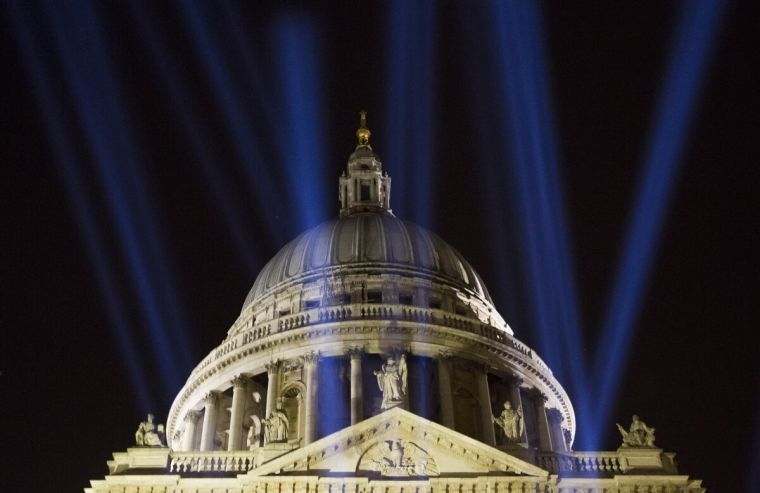To Heal and Not to Hurt: A fresh approach to safeguarding in Church

The Bishop of Buckingham, the Rt Rev Dr Alan Wilson, and Canon Rev Rosie Harper are co-authors of the new book, To Heal and Not To Hurt: A fresh approach to safeguarding in Church, by the publishers Darton, Longman and Todd.
Together, they advocate for a survivor-led approach to the Church of England's response to child sexual abuse.
They speak more here about what prompted them to write the book and what lessons the Church needs to learn.
To Heal and Not To Hurt – why choose the this title?
It's a quote from the Church of England liturgy for consecrating bishops. It describes the way they are meant to use their power in the Church.
Can you give some background to how the book came about and context to the ongoing IICSA enquiry?
We had a growing number of pastoral encounters with survivors whose experience of the Church's response to their need had been painfully inadequate, especially when compared with what the Church professes, and its role as a pastoral organisation. We met several dozen people. All of them said things got substantially worse for them after they reported. We felt there must be a better way of responding to abuse than what we are currently doing. The IICSA enquiry is lifting the lid on some of what has gone wrong, and this book is a contribution, we hope, to a better way forward for the Church.
How has abuse in the Church been defined to date and how would you define abuse?
The church has made great progress over the past 30 years in its understanding of abuse. Initially it was very narrowly about abuse of children, and even talking about that was often resented. Today we have broadened the scope to include the many vulnerable adults with whose lives the Church is involved. We are now beginning to understand the extent and reality of spiritual abuse, although some powerful voices deny there is any such thing. Our book has deliberately gone beyond restricting the term to criminal acts involving sex. It explores everyday abusive cultures that are easily normalised in church life, and need to be identified and called out if Churches are to be truly safe. All abuse, as far as we have seen, is the misuse of power (consciously or subconsciously), and rests on inequality and deference.
In the book special focus is given to incidences of spiritual abuse, how does this manifest itself?
Spiritual abuse occurs when people's lives are controlled and diminished in a spiritually significant setting. This can involve the weaponising of scripture and spiritual authority to control relationships and resources for selfish ends. It also enables leaders to dodge moral responsibility for the damage they do, blaming the Devil or even God if necessary when people are hurt.
If the church were, say, a cycling club, it would need to take special precautions against collisions on the highway. We wouldn't want to join a cycling club that either denied any responsibility for the safety of its members, or blamed accidents entirely on the victims. In the same way Churches engage with people on a powerful spiritual level that is strongly enforced socially, and becomes part of peoples' identities. That is why they can be such powerful forces for healing and wisdom in society. But when things go wrong, the consequences are personally dire.
Why do 'good Christians' ignore or not deal with abuse when they come across it?
There are many reasons. We all have "Too difficult" boxes, especially members of the hierarchy. There is a strong culture of heroic leadership that cannot be challenged. Some traditions of Christianity have expressed authority in seriously authoritarian and infantilising ways. The Church has no whistleblowing policy, so the risks are high. Christians are meant to be good, and often, understandably, want to think the best of one another. Finally, those at the top of the Church of England have often framed victims as the problem and a threat to the institution's reputation. All that, and the culture of "nice."
If Jesus's command to 'go and do likewise' is the paradigm for responding well when people are hurt in church or anywhere else – what steps could individuals/the Church as whole take to do so?
We have suggested a few areas of policy and practice that cry out for attention, but the key to making the church a safe place is for everyone to take responsibility for what they notice, along with when and how they intervene. This is what the Good Samaritan did, and we need to "go and do likewise."
Lastly, how would you characterise a healthy and authentically Christian community?
One that bears some recognisable traits we associate with Jesus Christ rather than the scribes and Pharisees of the New Testament. Equality and mutual accountability are key, especially in the way power is acknowledged and used.
To Heal and Not To Hurt: A fresh approach to safeguarding in Church is available now in paperback, priced £12.99.











